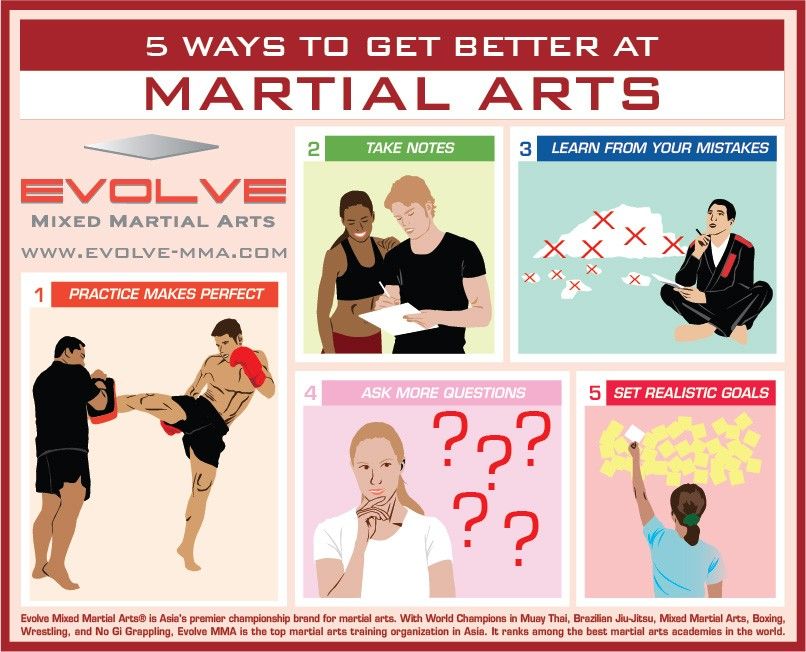Understanding The Essential Distinctions Between Standard Martial Arts And Modern Fight Sports
Understanding The Essential Distinctions Between Standard Martial Arts And Modern Fight Sports
Blog Article
Posted By-Bright Burch
When you consider martial arts, do you lean a lot more toward the standard techniques or the modern battle sports? https://www.looper.com/916862/the-untold-truth-of-johnny-lawrence-from-the-karate-kid/ offers one-of-a-kind advantages and experiences, formed by their viewpoints and training techniques. Conventional martial arts stress individual growth and discipline, while modern battle sporting activities focus on competition and efficiency. Recognizing martial arts older adults can guide you in picking the best technique for your trip. But how do these distinctions materialize in training and approach?
The Philosophy and Background Behind Typical Martial arts
While many individuals associate martial arts with physical fight, the viewpoint and history behind conventional martial arts run much deeper. You'll find that these self-controls emphasize individual development, discipline, and respect.
Originating from old practices, conventional martial arts were typically developed for Self-Defense and spiritual advancement. They personify principles such as balance, harmony, and self-constraint, directing specialists beyond mere fighting skills.
As you educate, you'll not only learn strategies yet additionally acquire insights into the society and values that shaped these arts. The rituals and customs, commonly passed down through generations, promote a sense of neighborhood and belonging.
The Competitive Nature of Modern Battle Sports
Modern combat sports have changed the landscape of martial arts into an extremely competitive field, where athletes face off in a test of skill, strategy, and endurance.
You'll observe that competitors are typically arranged with rigorous regulations and guidelines, ensuring justice and security. These events attract big target markets, fueling the enjoyment and strength of matchups.
Professional athletes educate rigorously, not just for physical expertise but additionally for mental strength, understanding that every detail counts in the ring. The adrenaline rush during competitions is palpable, as competitors push their limits to assert victory.
Fans appreciate the athleticism and creativity involved, making modern-day combat sports a thrilling spectacle that continues to advance and mesmerize lovers around the world.
Training Methods and Methods: A Comparative Evaluation
The affordable environment of modern combat sporting activities needs innovative training techniques that differ substantially from traditional martial arts.
In modern-day training, you'll focus on particular techniques, competing, and conditioning, frequently making use of drills that replicate actual fight scenarios. You'll see a focus on quantifiable performance and regular competitors to examine your abilities.
On the other hand, standard martial arts focus on kinds, katas, and philosophical mentors, typically stressing discipline and respect over competition.
Training is generally less extreme and may include repeated practice instead of real-time sparring.
While both methods build skill and physical fitness, modern-day fight sports offer a more dynamic and versatile training environment, preparing you for immediate challenges in the ring or cage.
Choose the path that straightens with your objectives and passions.
Verdict
In selecting in between typical martial arts and contemporary combat sports, it really comes down to what you value many. If you're looking for individual growth, technique, and a feeling of community, conventional arts may be your best fit. However if you grow on competition and real-time challenges, contemporary combat sporting activities could be the means to go. Ultimately, both paths offer unique advantages, so it's everything about straightening your training with your personal objectives and interests.
